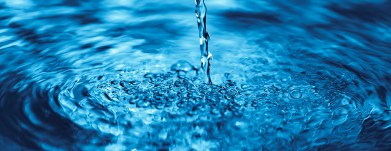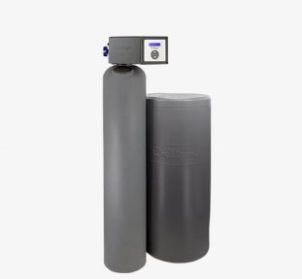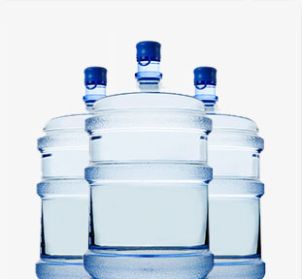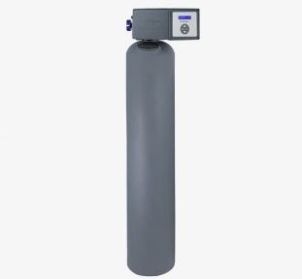
Ontario Water Quality Facts and Drinking Water Problems

The most populous province, Ontario shoulders the largest provincial water sourcing and distribution burden in the country. Bordering four of the Great Lakes, these massive bodies of water supply 80% of Ontarians with drinking water. The province relies not only on lakes but also on Ontario’s many rivers and its proximity to Hudson and James bays to provide water for regional mining, manufacturing, and agriculture.
With much of Ontario’s water serving many purposes, the likelihood of contamination and water quality issues can be high. As a result, the province has struggled with a history of moderate groundwater pollution as a result of municipal waste, industry runoff, and fertilizer contaminants. While many of these concerns have been addressed, it’s still common for residents’ tap water to be hard or of generally poor quality. In some areas, water supplies may be impacted by dissolved solids and metal content, which can leave stains behind and cause slight discolouration. In addition to mitigating factors affecting Ontario’s water resources, it’s estimated roughly 140,000 residents across about 42 rural communities don’t have municipal water systems — they rely on independent (sometimes unregulated) or well water systems for use in their homes and businesses.
Your local Ontario Culligan Water Expert is an expert on your water, can test it to determine any problems, and provide the best way to address them.
Common water issues in Windsor, and how to fix them
General Poor Taste
Water Discolourations and Stains
Spotty, Cloudy Dishes
Find A Location Near Me

Schedule Your Free
In-Home Water Test
Get better water in your home by scheduling an appointment with your local Culligan Water Expert.
Discover More
See All Articles

Is There Lead in Bottled Water?
Single-use bottled water is often seen as a convenient, dependable choice, but it’s natural to have questions about what’s actually inside. One common concern is whether bottled water ever contains […]
7 min read

Explore

Explore
Our Products

Water Softeners
With any of our soft water systems, get more out of your water-using appliances while spending less on energy and detergent.
View Products

Water Delivery
There’s never been a better time to enjoy the convenience of scheduled bottled water deliveries from the Culligan® Water Experts
View Products

Water Filtration Systems
Culligan's water filtration systems have improved water quality for thousands of families worldwide.
View Products
